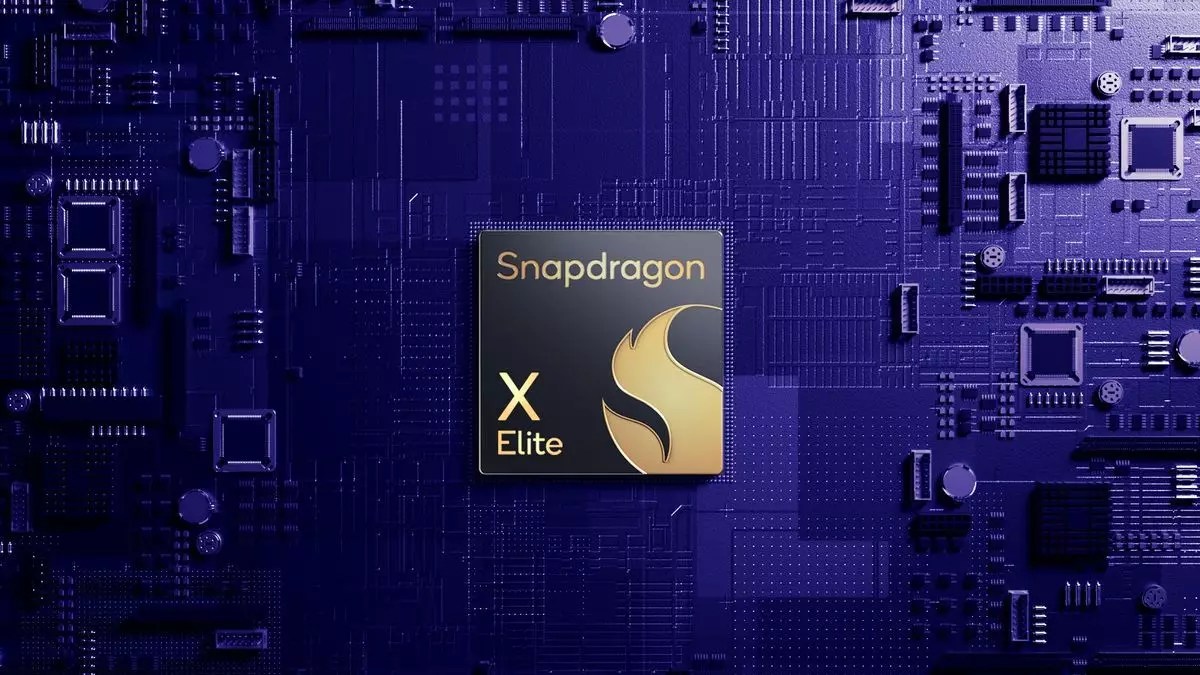Qualcomm has recently unveiled some intriguing details about the gaming performance of laptops powered by its new Snapdragon X chip. The company claims that its Arm chip can compete with Intel’s Meteor Lake laptop CPUs, and in some cases, outperform them in a variety of games. However, it is important to note that Qualcomm may not be the most unbiased source of information when it comes to these claims.
One of the key features highlighted by Qualcomm is the commitment to monthly driver releases for the Adreno integrated GPU of the Snapdragon X chip. Additionally, Qualcomm has developed an app similar to Nvidia’s GeForce Experience, which provides optimized settings for a range of Windows game titles. This strong emphasis on gaming performance signifies Qualcomm’s serious endeavor into the gaming market.
In a suite of nine games running at 1080p, Qualcomm’s benchmarks show the Snapdragon X’s Adreno GPU competing closely with Intel’s Core Ultra 155H chip. While the benchmarks indicate that the Qualcomm Arm processor falls slightly behind Intel in some games, it also outperforms the Intel chip by a considerable margin in others. However, the benchmarks leave many questions unanswered, such as the specific settings used for testing and whether the games were running natively or with emulation for the CPU side.
Qualcomm’s pledge to deliver monthly driver updates for the GPU, along with the Adreno Control Panel app for automatic optimization, reflects a similar approach taken by Nvidia and AMD for their gaming GPUs. These features are crucial for any company aiming to compete in the gaming graphics market on the PC. Qualcomm’s aggressive push into gaming is remarkable, considering the challenges of introducing a new GPU architecture for serious PC gaming, especially on an Arm-based CPU.
The Adreno GPU in the Snapdragon X can be traced back to Qualcomm’s acquisition of mobile graphics assets, including technology from AMD. Interestingly, the name “Adreno” is an anagram of “Radeon,” showcasing the historical connection between the two graphics technologies. Despite Qualcomm’s history of secrecy regarding the details of its Adreno GPUs, the shift towards a PC focus with the Snapdragon X necessitates a greater level of transparency to garner support from the gaming and development community.
Qualcomm has shed light on the inner workings of its Adreno X1 GPU, revealing that it operates on the DX12.1 feature set rather than the latest DX12.2 (DirectX 12 Ultimate). While the GPU offers limited hardware ray tracing support and lacks features like mesh shaders, it does incorporate capabilities similar to Nvidia’s Tensor cores. This raises speculation about potential technologies akin to Nvidia’s DLSS for the Snapdragon X in the future.
As the gaming landscape continues to evolve rapidly, Qualcomm’s endeavors with the Snapdragon X chip in the realm of laptops pose several intriguing possibilities. The push into PC gaming by Qualcomm signifies a significant shift in the market, as the company aims to compete with established players like Nvidia and AMD. The unveiling of new GPU architectures from major players in the industry, including Intel, AMD, and Nvidia, adds further excitement to the landscape.
Qualcomm’s Snapdragon X chip has the potential to be a game changer in the world of laptops, especially in the realm of gaming performance. While facing challenges in competing with industry giants, Qualcomm’s commitment to innovation and gaming optimization is a positive step towards establishing its presence in the PC gaming market. Only time will tell if the Snapdragon X chip emerges as a budget-friendly gaming option or a preferred choice for handheld devices in the future.


Leave a Reply